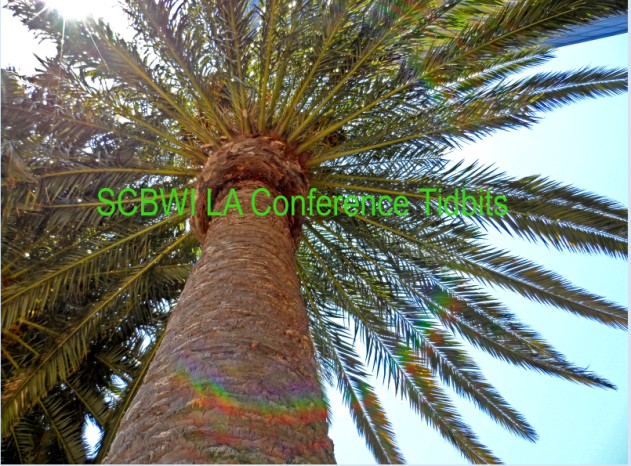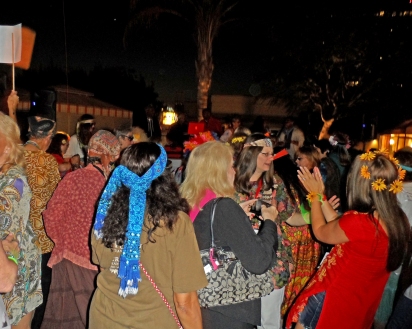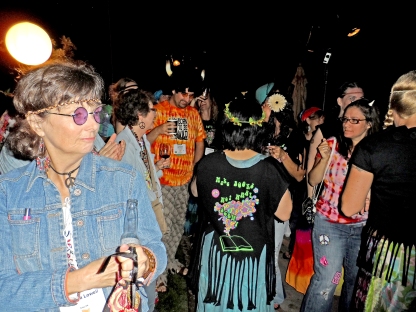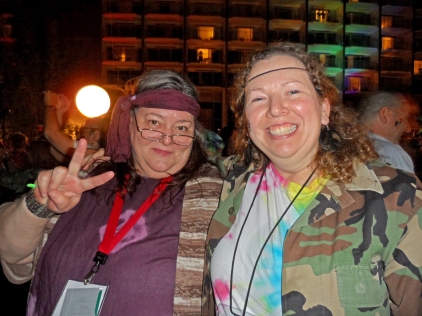We all want our stories to be read forever. Nobody wants to be shuffled off to the dreaded out-of-print backlist. That’s worse than book death, it’s the purgatory, the nursing home of books; where they put you on life support and no one visits except maybe on special anniversaries or holidays and then they promise to visit more often but never do.
So what can we do to avoid this most horrible of endings for our beloved books?

There was much discussion about what makes a story timeless during the SCBWI LA Summer Conference. Many editors and agents were asked this question during panel discussions and most started by saying, “You know it when you see it.”
Arthur Levine even opened up the conference with a keynote address directed at just this topic. He reviewed books from his own list and discussed some of his favorites and what he felt made them timeless.
In the end, he said they all had, “love and connection with another human being.” No  matter if he was speaking about The Once and Future King by T H White, The Rough-Face Girl written by Rafe Martin and illustrated by David Shannon, The Golden Compass by Philip Pullman, Harry Potter and the Sorcerer’s Stone by J K Rowling, or Goodnight Gorilla by Peggy Rathman; they all contain an emotional connection. They all showed an emotional truth.
matter if he was speaking about The Once and Future King by T H White, The Rough-Face Girl written by Rafe Martin and illustrated by David Shannon, The Golden Compass by Philip Pullman, Harry Potter and the Sorcerer’s Stone by J K Rowling, or Goodnight Gorilla by Peggy Rathman; they all contain an emotional connection. They all showed an emotional truth.
This idea of emotional truth was a popular one.

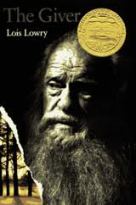 Farrin Jacobs, executive editor at HarperCollins Children’s Books, said during the Editors Panel that a timeless story was a story that contains the emotional truths of life. She then gave two good examples of this: The Penderwicks by Jeanne Birdsall and The Giver by Lois Lowry.
Farrin Jacobs, executive editor at HarperCollins Children’s Books, said during the Editors Panel that a timeless story was a story that contains the emotional truths of life. She then gave two good examples of this: The Penderwicks by Jeanne Birdsall and The Giver by Lois Lowry.
Elise Howard, editor and publisher at Algonquin Books for Young Readers, said during the Editors Panel that enduring stories have a core emotional experience that transcends any period of time.
Jordan Brown, senior editor at HarperCollins Children’s Books expanded on this idea: “Ones that contain core experiences like the realization that parents are not infallible/perfect. The tools or environments may change, but the stories don’t.” Those are the ones he connects with.
Laura Godwin, Vice President and Publisher at Henry Holt Books for Young Readers, describes a more visceral response, “If I’m so excited I feel sick when I look at it – pleasure and pain.” This received some laughs, but she seemed fairly serious.
Lee Wardlaw, picture book author, responded when asked “What makes a classic picture book?” during the Picture Book Panel: “That’s so hard to say…authenticity that speaks not only to the child but to the adult reader. There have to be layers in it.”
The ever charming and eloquent author/illustrator Eugene Yelchin had this response to the same question: “You cannot NOT be a part of your own moment, but if your writing has the essential human quality.”
Illustrator and author Jon Klassen gave a less tangible response, but one that hit home to several on the Picture Book Panel:
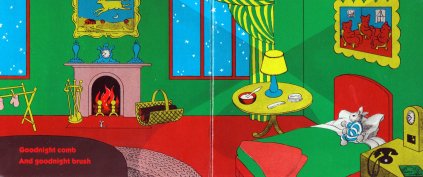 “All my favorites I don’t ever fully understand them. They’re still walking just ahead of me. I still have a crush on them, but I don’t know why. They stay with you.” He gave two examples of these books: Good Night, Moon by Margaret Wise Brown and Go, Dog, Go! By PD Eastman. “These books don’t make sense, but I love them.”
“All my favorites I don’t ever fully understand them. They’re still walking just ahead of me. I still have a crush on them, but I don’t know why. They stay with you.” He gave two examples of these books: Good Night, Moon by Margaret Wise Brown and Go, Dog, Go! By PD Eastman. “These books don’t make sense, but I love them.”
It all seems so difficult to define and put into a calculated formula; if you have X + Y you’ll get Z, the perfect timeless book!
So what does it mean? Love and connection? Human quality? Authenticity? Core emotional experiences?
It all comes down to connecting through the emotions.
Emotional truth.
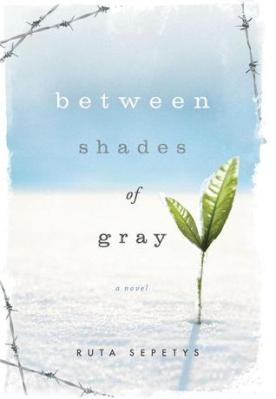 Ruta Sepetys, author of Between Shades of Gray (and don’t even think about getting it confused with the fifty shades kind) gave one of the most gut-wrenching, heart-felt speeches at the conference. And it was all about emotional truth.
Ruta Sepetys, author of Between Shades of Gray (and don’t even think about getting it confused with the fifty shades kind) gave one of the most gut-wrenching, heart-felt speeches at the conference. And it was all about emotional truth.
You want to know about timeless? You want to know about emotional truth? Read this woman’s book. Study it. Read it again. Trust me. She’s the goods.
Ms Sepetys made me cry. And I hate to cry in public, as I may have mentioned, but I didn’t care; I couldn’t stop listening to her story. The reason she made me cry is because she asked tough questions and then gave hard answers. I had to dig deeper. I had more work to do.
She asked, “In writing the truth, what’s the price of admission? How much of yourself are you willing to give?”
She wanted to learn more about her own personal story. She knew she was Lithuanian, but she didn’t know what that really meant. She learned that some of her family escaped Stalin’s regime during WWII at the expense of the rest of her family members. When she found out what happened to them, the ones left behind – almost all tortured and killed by Stalin’s men – she wanted to tell their story, to experience as much of their lives as she could so she could tell the whole story. She even subjected herself to an unbearable experience that was supposed to simulate the conditions of the work camps in Siberia. While going through this simulation, she said instead of just finding the truth, she met her own savage self. She felt broken after this experience, but instead of stopping, she poured all out onto the page.
“You have to be willing to turn yourself inside-out to reach a reader and bring them peace.”
These are emotional truths:
What are you longing for?
What do you hide?
What causes you pain?
What do you wish would go away?
Bring these elements to a character. Make a partnership. There’s a reader out there that feels the exact same way.
I couldn’t have said it better myself. The more we open ourselves up and let our characters have full access to the rawest of our emotions, the better rounded our characters will be. It’s not easy to be that vulnerable, but it makes for one hell of a great story – maybe even one that will be timeless.
